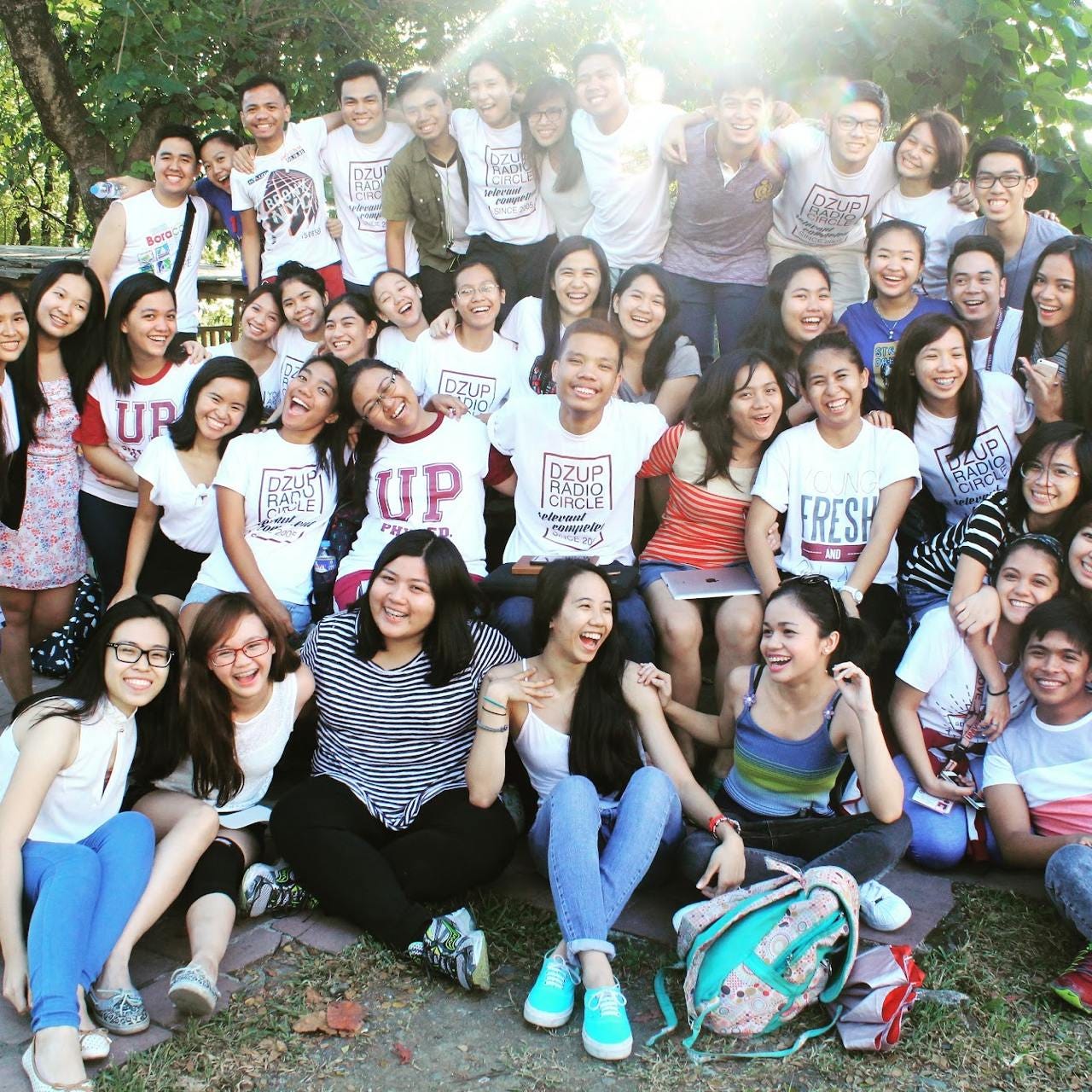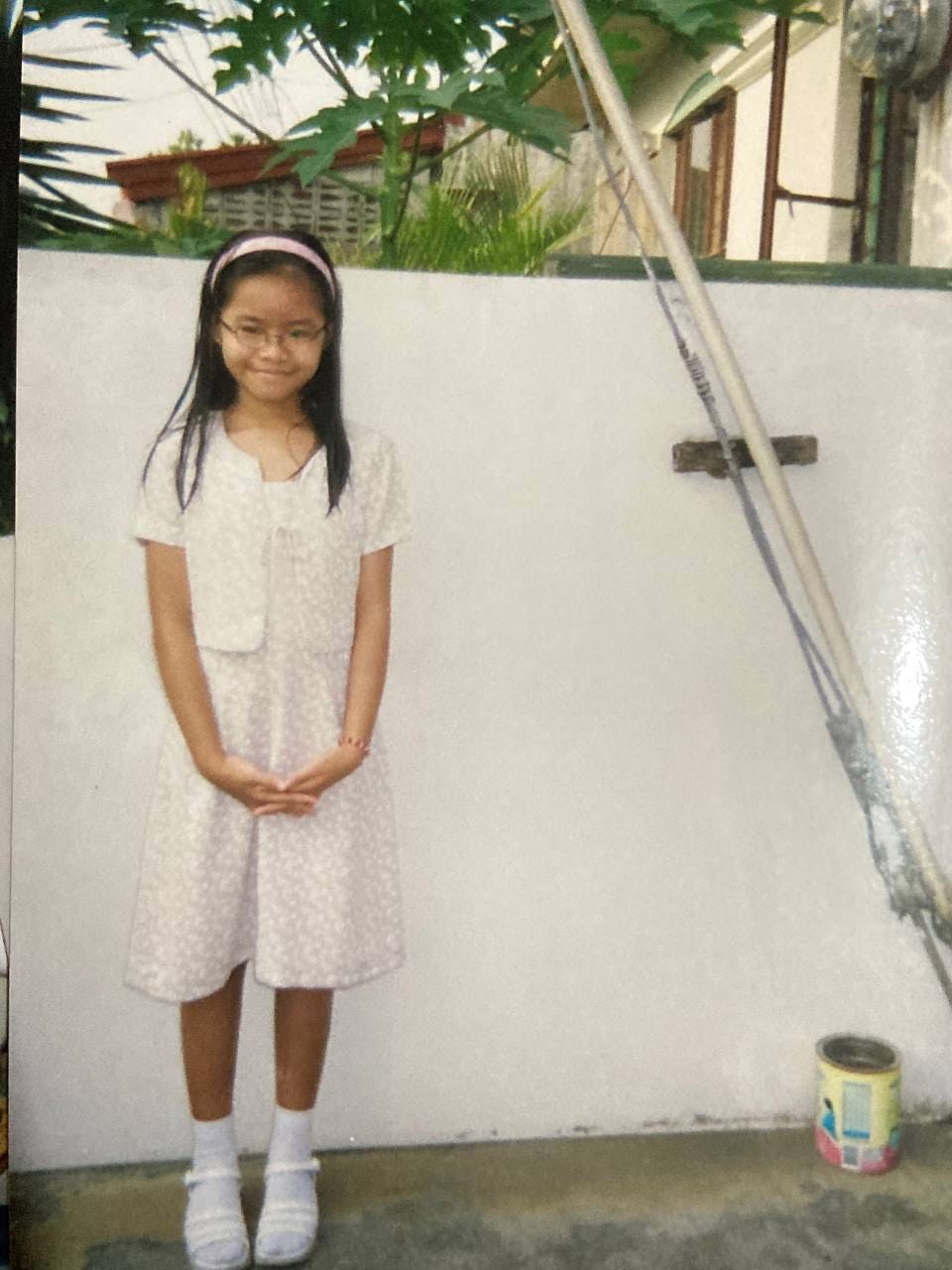A language learned and loved
On growing up in an "English-only" home in the Philippines and struggling to write in Filipino for school and work
Here’s something a bit different from my usual pieces, but still in line with Buhay Copywriter. That said, I hope you enjoy it! -R
When I was eleven years old, studying in an all-girls school here in the Philippines, I was a consistent top performer in class. That is, except for three subjects: Penmanship, Physical Education (PE), and Filipino.
With Penmanship, I tried my darndest. But no amount of exercises or practice seemed to pull my grade above an 88.
PE was my personal weekly hell. The teacher was mean, I was uncoordinated and not sporty, and as one of the few glasses-wearers in my class, I was hampered and afraid of balls or arms hitting my face. It was a wonder that I didn’t pretend to have dysmenorrhea and skip class half the time.
But my struggle with Filipino was…different. Even for someone who didn’t grow up in the diaspora.
By that, I mean I depended on rote memory for Filipino and its partner spelling subject, Palabaybayan. That wasn’t how I studied Language, Spelling, or Reading (all English subjects). Memorization might have been okay for Araling Panlipunan (Social Studies), but I think one can’t really “learn” vocabulary and grammar that way.
I would also get incredibly anxious and nervous every August because it was Buwan ng Wika (National Language Month) and my classmates would tease me, Ms. Best English Speaker, about speaking only in Filipino from August 1-31. If that were a real thing, I probably would have tried to skip school!
Oh, and the cherry on top? I failed enough Filipino quizzes at one point to warrant a note to my parents. As a consistent Top 10 awardee, getting That Note was jelly-knees, white-as-a-ghost, room-spinning levels of nerve-wracking.
So why did I struggle so much with my native language?
First off, I grew up with parents who spoke to me only in English. Even if we were all 100% Filipino. And because of that, most of our extended family and my friends spoke to me in English, too. If not for our household help at the time, and some of our playmates, I wouldn’t have learned to speak Filipino at all.
My sister and I weren’t allowed to watch local TV except for the news. Filipino-dubbed anime and cartoons and teleseryes were off-limits. We just got glimpses of those shows when were already a bit older or the house help would watch them while we did our homework.
Still, it wasn’t enough to make me proficient or fluent in Filipino. My default language was still English, and I stumbled clumsily around Filipino words.
Eventually, my parents decided they had to do something about it. My very religious mom signed me and my sister up as lector-commentators at our local church. The Mass was in Filipino, so we had to learn how to read long and complex Bible verses in Filipino, in front of a crowd. Public speaking, I could appreciate and enjoy. But in Filipino? I wasn’t so sure.
Mommy would walk us through the readings before Mass, and during the week she would have us use a tape recorder to practice our reading. Slowly but surely, I got the hang of it.
By the time I went to high school, I was conversing in Filipino willingly. I could write in Filipino, too, but only for class and never for leisure. I had notebooks full of short stories and poems, all in English.
College was pretty much the same. My university often let us write papers in either English or Filipino, if it was a subject taught in English. Even our thesis could be in English or Filipino! Yet my only Filipino outputs were those that had to be in the language.
Thankfully, though, my parents loosened up on the media consumption rules. I’d watch local shows on my own and I slowly got exposed to local films, too. And hey, I was writing radio scripts in conversational Filipino. Yay!

Years later, when I was starting as a junior copywriter, I found myself struggling to write in Filipino. Yes, even if advertising copywriting requires conversational Filipino! Back then, I’d sometimes have to write taglines or headlines in English first then translate them into Filipino. And I also felt left out because my peers knew all these references to cartoons, anime, and teleseryes that I wasn’t allowed to watch as a kid. I even recall crying because my boss told me that I couldn’t write well for a Japanese-themed brand because I didn’t watch anime as a kid!
Eventually, I asked my parents why they never taught us to be more fluent in Filipino from the start. Why they never exposed us to even Filipino-dubbed cartoons. Their rationale was that learning English would make us more successful; it would help us get better grades and better jobs. True, for the most part (what with globalization, remote work, etc.) Just that I didn’t count on nearly failing Filipino and having a career that required a good command of both languages.
Nowadays, I find myself trying a bit harder when it comes to Filipino. I relish the experience of working with brands that use the language. Whether it's a makata (poetic) brand manifesto or a conversational caption, I can handle it with relative ease.
I’m even able to branch out now and write in Filipino during my free time.

I even had an opportunity train and help a colleague who struggles with Filipino, more than I ever did!
And I constantly expose myself to Filipino media and conversations - social media, old songs, and Netflix series.

Given the chance, would I want to go back in time and learn Filipino earlier? Yes. Would I give my hypothetical kids equal exposure to English and Filipino? Definitely.
But hey, there’s still a lot of time to learn. And I’m just happy that I’m blessed to know two languages - the Filipino language of my ancestors, and the English language that my parents taught me. So from my little corner of the internet and the Philippines, Maligayang Buwan ng Wika! (Happy National Language Month!) 🇵🇭
Buhay Copywriter by Regina Peralta is free today.
But if you enjoyed this post, I’d love it if you would:
💌 Share this post with a friend or two. It helps grow our little community, plus your friends get all the cool insights and lessons you got from this newsletter, too!
💰 Send a tip via my Ko-fi account or my Buy Me a Coffee account. This supports more than just my craft - it helps me support my mom, who’s been battling ovarian cancer for four years. You can learn more about it on my Project R Instagram account. Any amount helps, and is very much appreciated.
🙏🏽 Also, it would mean a lot if you could include my cancer warrior mom in your intentions/manifestations/prayers. Writing this newsletter is actually one of my “sanity checks” during this trying time; Mommy’s been battling the disease for 4 years now. That said, if I suddenly don’t check in with you for a while, please know that this little community of 200+ is in my thoughts, and I will get back to you once my head, heart, and hands can manage to do so again.







Same experience! In grade school, we were fined. I did not want to lose my 25 centavos allowance, so I rather would buy food and speak English.
Filipino and Math were my weaknesses. I cried reading Florante at Laura and Ibong Adarna in Pilipino literature.
I learned conversational Tagalog by reading comics.
This resonated with me so much! It’s inspired me to write about it in our upcoming newsletter ☺️ thanks so much for sharing